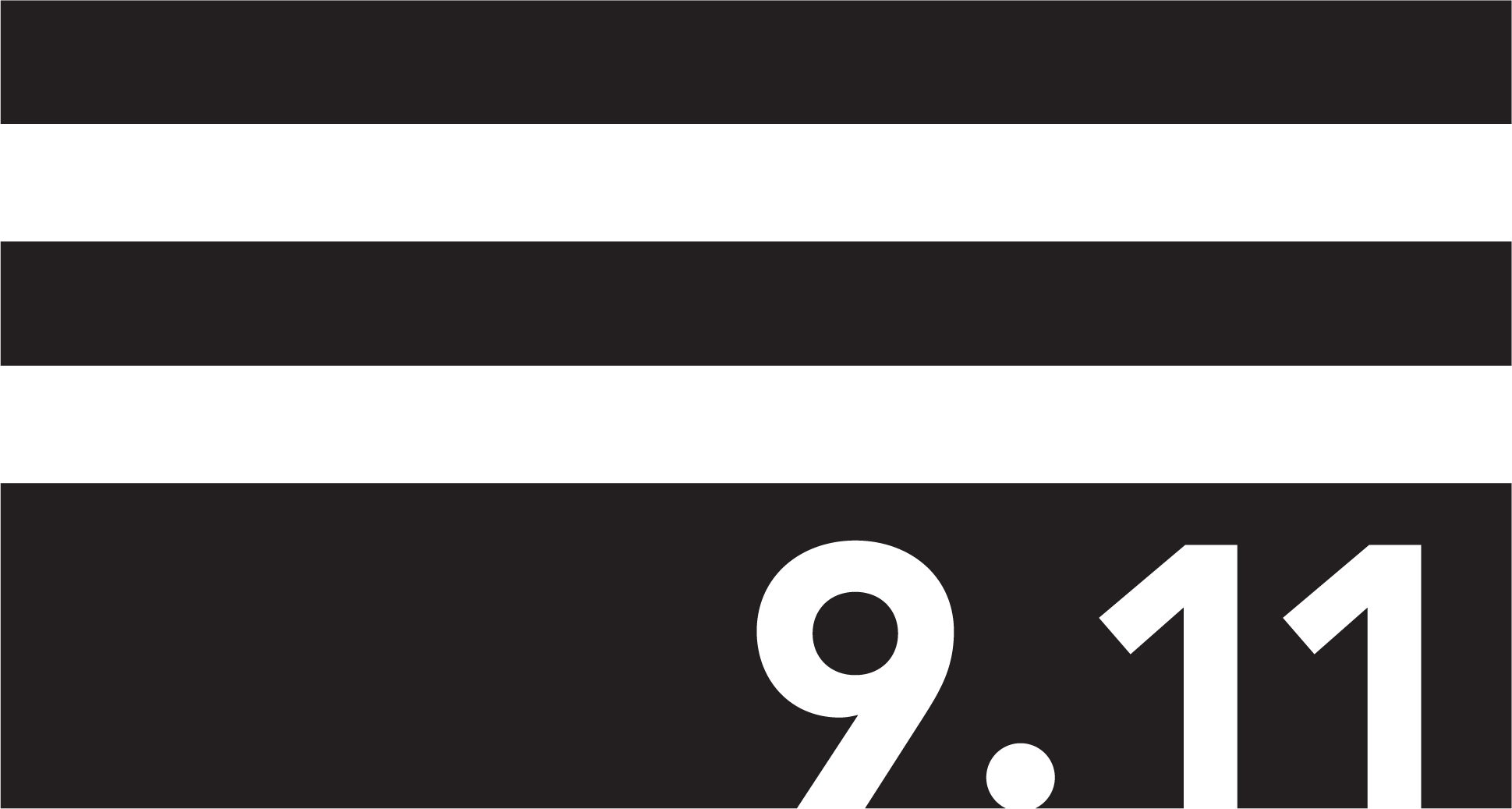 This webpage is archived for historical purposes and is no longer being maintained or updated. Please use the search bar to find more recent information.
This webpage is archived for historical purposes and is no longer being maintained or updated. Please use the search bar to find more recent information.
Mental Health Resources
Program Resources
The World Trade Center (WTC) Health Program offers medical and mental health treatment for members with a qualifying condition that is certified by the Program for coverage. Visit the Covered Conditions webpage for examples of mental health conditions covered by the Program. Mental health treatment services are covered at no-cost for members.
Mental health treatment services may include:
- Outpatient treatment,
- Prescription medications,
- Medical detoxification,
- Counseling/psychotherapy,
- Medication management,
- Limited psychiatric hospitalization, and
- Other services in special circumstances
If you are not yet a member of the WTC Health Program, please visit the Apply webpage to learn if you are eligible.
For those that may be covered for a physical health condition but are feeling distressed, please call your Clinical Center of Excellence or the Nationwide Provider Network for a mental health appointment. Find your clinic here.
Taking care of yourself
Especially during this time of national emergency, Self-care can help you think clearly and react accordingly to stressful situations.
Practicing self-care might look like:
- Taking care of your body with balanced meals, exercise, and adequate sleep.
- Connecting with others in supportive conversation.
- Taking breaks to do an enjoyed activity, mindful breathing, or unwinding.
- Avoiding too much exposure to local news and other sources, as it can feel overwhelming.
- Seeking help when needed, like talking to your counselor or doctor, or using the external resources listed below.
Visit the CDC page Taking Care of Your Emotional Health to learn how to recognize stress in yourself or others and explore resources and tips on how to cope.
External Resources
The following organizations provide resources that may help you during times of crisis. Please bookmark this page and share with friends, family, and others that may be experiencing emotional distress.
Substance Abuse and Mental Health Services Administration (SAMHSA)
SAMHSA is the agency within the U.S. Department of Health and Human Services that leads public health efforts to advance the behavioral health of the nation. SAMHSA's mission is to reduce the impact of substance abuse and mental illness on America's communities.
Disaster Distress
It is common for people to experience emotional distress related to natural or human-caused disasters, such as 9/11. Stress, anxiety, and other depression-like symptoms are common reactions after a disaster.
Recognize common signs of distress, including:
- Feelings of numbness, disbelief, anxiety
- Changes in appetite, energy, and activity levels
- Difficulty concentrating
- Difficulty sleeping or nightmares and upsetting thoughts and images
- Physical reactions, such as headaches, body pains, stomach problems, and skin rashes
- Worsening of chronic health problems
- Anger or short-temper
- Increased use of alcohol, tobacco, or other drugs
If you experience these feelings or behaviors for several days in a row and are unable to carry out normal responsibilities because of them, seek professional help using the following resources.
-
If you are feeling distressed call the Disaster Distress Helpline at 1-800-985-5990. This is a 24/7, 365-day-a-year, national hotline dedicated to providing immediate crisis counseling.
Spanish-speakers can call the hotline and press “2” for 24/7 bilingual support. Other preferred languages may be available upon request.
- To connect with a live Disaster Distress Helpline crisis counselor 24/7 via SMS from the 50 states, text 1-800-985-5990.
- Visit the SAMHSA website for more information and resources on disaster distress.
Suicide Prevention
Suicide can touch anyone, anywhere, and at any time. But it is not inevitable. There is hope. By starting the conversation and providing support to those who need it, we all can help prevent suicide and save lives.
Learn how to recognize the warning signs when someone’s at risk—and what you can do to help. If you believe someone may be in danger of suicide:
- Call 911, if danger for self-harm seems imminent.
- Ask them if they are thinking about killing themselves. This will not put the idea into their head or make it more likely that they will attempt suicide.
- Listen without judging and show you care.
- Stay with the person or make sure the person is in a private, secure place with another caring person until you can get further help.
- Remove any objects that could be used in a suicide attempt.
- If you or someone you know is thinking about suicide—whether you are in crisis or not—call the National Suicide Prevention Lifeline at 988.
- Lifeline Chat is a service of the National Suicide Prevention Lifeline, connecting individuals with counselors for emotional support and other services via web chat.
- Visit the SAMHSA website for more information and resources on suicide prevention.
New York State Office of Mental Health
The New York State – (OMH) has a large, multi-faceted mental health system that serves more than 700,000 individuals each year. The Office of Mental Health (OMH) promotes the mental health of all New Yorkers, with a particular focus on providing hope and recovery for adults with serious mental illness and children with serious emotional disturbances.
- The Crisis Text Line is an anonymous texting service available 24/7. Text GOT5 to 741-741.
- Go to the NYS OMH website. Visit the NYS OMH website for more information and resources.
